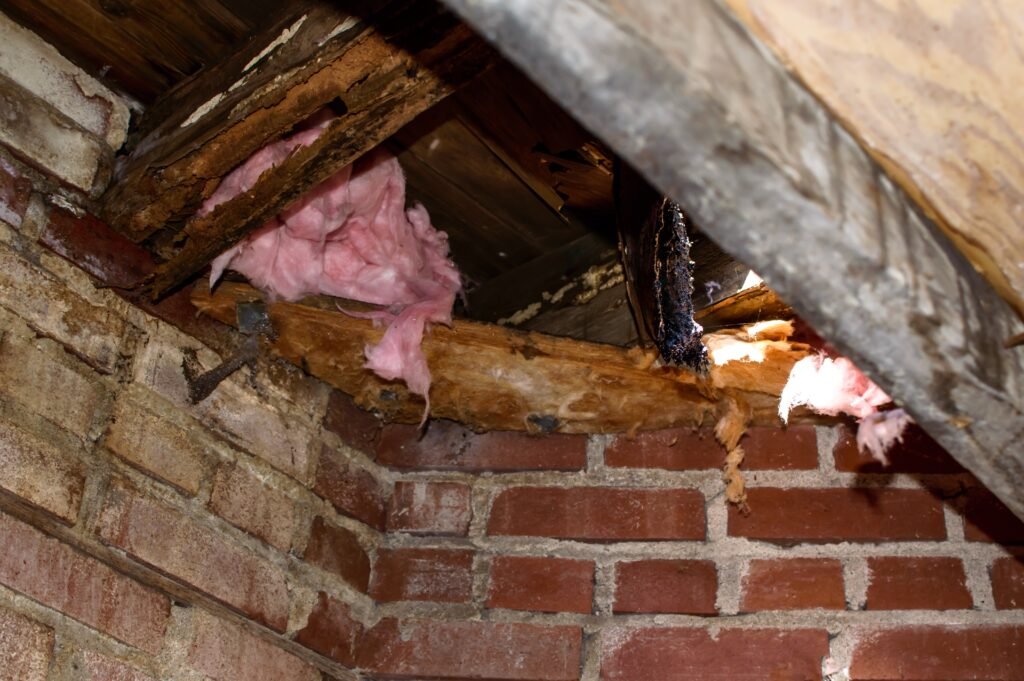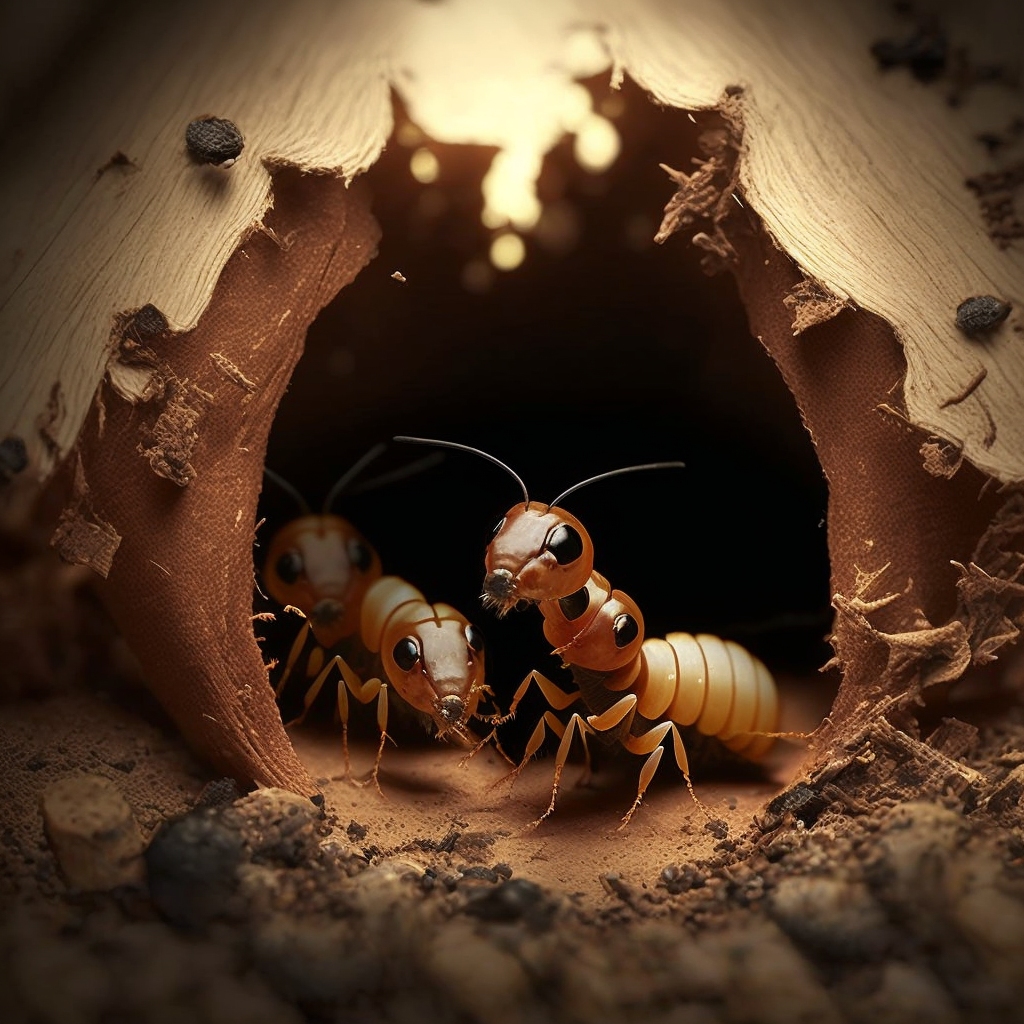Are Termites Attracted to Drywall?

Everyone knows that termites eat wood, but you might not know that they are attracted to the cellulose in the wood.
Paper is also made of cellulose, so termites will also be attracted to drywall, which is made of plaster panels that are covered with paper.
If you thought you wouldn’t have to worry about termites because your home is mostly made of drywall, we have bad news: your home is also a target.
Common Signs of Termite Damage to a Wall
- Small pinholes where termites have eaten through the paper coating on the drywall and/or wallpaper. A hole made by subterranean termites might have dirt in it. Termites that eat dry wood don’t leave soil behind.
- Faint ‘lines’ on drywall. (As termites tunnel through the paperboard in drywall, you might be able to see a map of their tunnels from the outside of the wall.)
- When you tap on the wall, it sounds hollow.
- Bubbling or peeling paint.
- Baseboards that fall apart when you push on them a little.
- Doors or windows that won’t open. If termites damage structural parts of a house, it can settle or move in a way that makes doors and windows hard to open and close.
Is it damage from water or bugs?

Subterranean termites often leave signs on walls and ceilings that look like the first signs of water damage.
Keep an eye out for the following:
- buckling wood
- discolored drywall
- bubbles in the paint
Ways to Prevent Termites in a Drywall
No matter what your home is made of, a termite infestation can be very bad.
There are a few different ways to keep termites away, which is a good thing.
Here are a few quick ideas:
Fill in the cracks and holes — Termites, like other bugs and pests, will get into your home through cracks and holes, especially those around your doors and windows. Depending on how big they are, you can use caulk or spray foam to fix the problem.
Take away their food — You can’t do much about the wood inside your house, but you can get rid of wood sources outside. You can start by getting rid of dead trees, keeping your plants in good shape, and moving any wooden structures away from the foundation of your home.
Get rid of water sources — You should also keep ponds or fountains away from the edge of your house. If there are any puddles after it rains, make sure to get rid of them right away.
Plan regular inspections — It’s true that preventing a problem is better than fixing it. A termite inspection done by a professional pest control company every 6 to 12 months will help make sure that a small infestation doesn’t grow into a big one.
Respond to the Signs — If you see signs of termites in the drywall or any other sign that they are there, call a pest control company. The problem will cost less in the long run if you take care of it quickly.
What to do when you’ve Detected Drywall Termite Damage

If your drywall has what looks like water damage or its paint is bubbling and peeling, it may have termites.
In this case, you’ll have to move on to your options for control. There are some things you can do to get rid of termites on your own, but it’s best to call a pest control professional.
They can do a full home inspection, find out how widespread the infestation is, and then get rid of all the termites in your home.
If the process of getting rid of the colonies isn’t complete and they aren’t all killed or stopped from getting to the wood, you can expect your home to be infested again and the damage to keep getting worse.



